Diethyl chloromalonate
- CAS NO.:14064-10-9
- Empirical Formula: C7H11ClO4
- Molecular Weight: 194.61
- MDL number: MFCD00009140
- EINECS: 237-913-0
- SAFETY DATA SHEET (SDS)
- Update Date: 2025-09-25 17:15:13
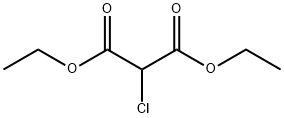
What is Diethyl chloromalonate?
Chemical properties
Diethyl chloromalonate is a clear Colourless Liquid, it participates in K2CO3-catalyzed domino reactions (Michael alkylation, Mannich alkylation, and aldol alkylation) of salicylic aldehyde derivatives to afford functionalized 2,3-dihydrobenzofurans. It reacts with Cs2CO3 in the presence of elemental S8 or Sen to afford the corresponding diethyl thioxo- or selenoxomalonates.
The Uses of Diethyl chloromalonate
Diethyl chloromalonate is a compound used in the models of aquatic toxicity developed
The Uses of Diethyl chloromalonate
A compound used in the models of aquatic toxicity developed (QSAR). Combinatorial QSAR modeling of chemical toxicants tested against Tetrahymena pyriformis.
General Description
Diethyl chloromalonate (Diethyl α-chloromalonate) is a 2-halo-1,3-dicarbonyl compound. It participates in K2CO3-catalyzed domino reactions (Michael alkylation, Mannich alkylation, and aldol alkylation) of salicylic aldehyde derivatives to afford functionalized 2,3-dihydrobenzofurans. It reacts with Cs2CO3 in the presence of elemental S8 or Sen to afford the corresponding diethyl thioxo- or selenoxomalonates, which can be trapped in situ with various 1,3-dienes.
Properties of Diethyl chloromalonate
| Boiling point: | 279.11°C (rough estimate) |
| Density | 1.204 g/mL at 25 °C (lit.) |
| refractive index | n |
| Flash point: | >230 °F |
| storage temp. | Inert atmosphere,2-8°C |
| solubility | Chloroform (Slightly), Ethyl Acetate (Slightly), Methanol (Slightly) |
| form | Liquid |
| pka | 9.07±0.46(Predicted) |
| Specific Gravity | 1.204 |
| color | Clear colorless |
| CAS DataBase Reference | 14064-10-9(CAS DataBase Reference) |
| EPA Substance Registry System | Propanedioic acid, 2-chloro-, 1,3-diethyl ester (14064-10-9) |
Safety information for Diethyl chloromalonate
| Signal word | Danger |
| Pictogram(s) |
 Corrosion Corrosives GHS05  Exclamation Mark Irritant GHS07  Environment GHS09 |
| GHS Hazard Statements |
H314:Skin corrosion/irritation H335:Specific target organ toxicity, single exposure;Respiratory tract irritation H400:Hazardous to the aquatic environment, acute hazard |
| Precautionary Statement Codes |
P261:Avoid breathing dust/fume/gas/mist/vapours/spray. P271:Use only outdoors or in a well-ventilated area. P273:Avoid release to the environment. P280:Wear protective gloves/protective clothing/eye protection/face protection. P303+P361+P353:IF ON SKIN (or hair): Remove/Take off Immediately all contaminated clothing. Rinse SKIN with water/shower. P305+P351+P338:IF IN EYES: Rinse cautiously with water for several minutes. Remove contact lenses, if present and easy to do. Continuerinsing. |
Computed Descriptors for Diethyl chloromalonate
Diethyl chloromalonate manufacturer
JSK Chemicals
New Products
4,4-Difluoropiperidine hydrochloride tert-butyl 9-methoxy-3-azaspiro[5.5]undecane-3-carboxylate Indole Methyl Resin N-Isopropylurea N,N-Dicyclohexylcarbodiimide(DCC) MELDRUMS ACID 5-METHYLISOXAZOLE-4-CARBOXYLIC ACID Magnessium Bis glycinate Zinc ascorbate 1-bromo-2-butyne 2-acetamidophenol 9(10H)-anthracenone Erythrosin B, 4-Piperidinopiperidine 2-((4-morpholinophenylamino) (methylthio) methylene) malononitrile 2,4-dihydroxybenzaldehyde 3-(4-morpholinophenylamino)-5-amino-1H-pyrazole-4-carbonitrile Methyl 2-methylquinoline-6-carboxylate 2,6-dichloro-4-nitropyridine 4-Bromo-2-chlorobenzonitrile 2-(benzylamino)acetic acid hydrochloride 4-(tert-Butoxycarbonylamino)but- 2-ynoic acid 3,4-dihydro-2H-benzo[b][1,4]dioxepine 1-Phenyl-1-cycloprppanecarboxylicacidRelated products of tetrahydrofuran




![5-(2-Methoxyphenoxy)-[2,2'-bipyrimidine]-4,6(1H,5H)-dione](https://img.chemicalbook.in/CAS/GIF/150728-12-4.gif)
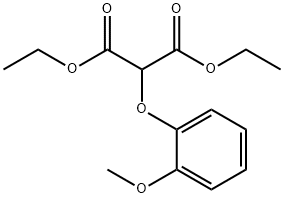
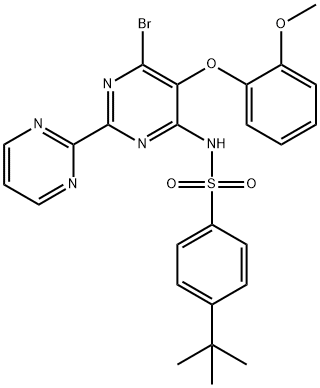
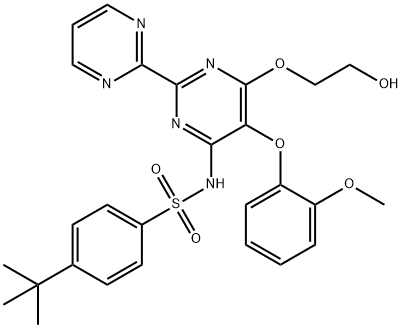
You may like
-
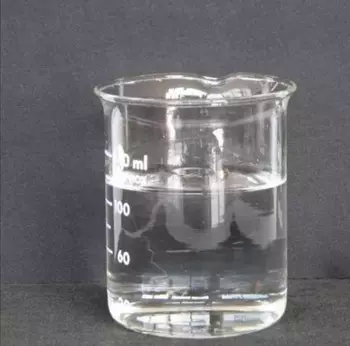 14064-10-9 Diethyl-2-chloromalonate 99%View Details
14064-10-9 Diethyl-2-chloromalonate 99%View Details
14064-10-9 -
 Diethyl chloromalonate, 95% 14064-10-9 99%View Details
Diethyl chloromalonate, 95% 14064-10-9 99%View Details
14064-10-9 -
 Diethyl chloromalonate 95.00% CAS 14064-10-9View Details
Diethyl chloromalonate 95.00% CAS 14064-10-9View Details
14064-10-9 -
 Diethyl chloromalonate 95% CAS 14064-10-9View Details
Diethyl chloromalonate 95% CAS 14064-10-9View Details
14064-10-9 -
 Diethyl chloromalonate CAS 14064-10-9View Details
Diethyl chloromalonate CAS 14064-10-9View Details
14064-10-9 -
 20677-73-0 (2,2-diethoxyethyl)methylamine 98%View Details
20677-73-0 (2,2-diethoxyethyl)methylamine 98%View Details
20677-73-0 -
 3-(4-(hydroxyamino)-1-oxoisoindolin-2-yl)piperidine-2,6-dione 98%View Details
3-(4-(hydroxyamino)-1-oxoisoindolin-2-yl)piperidine-2,6-dione 98%View Details -
 57381-49-4 2-bromo-4-chlorobenzonitrile 98%View Details
57381-49-4 2-bromo-4-chlorobenzonitrile 98%View Details
57381-49-4
